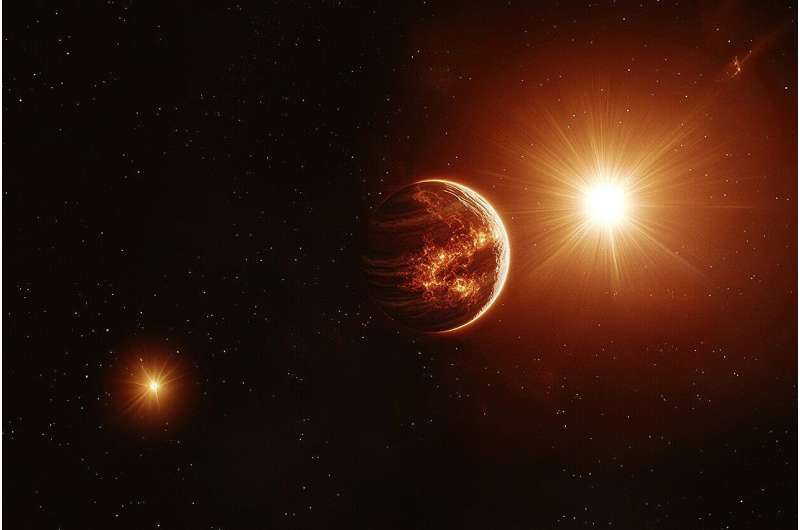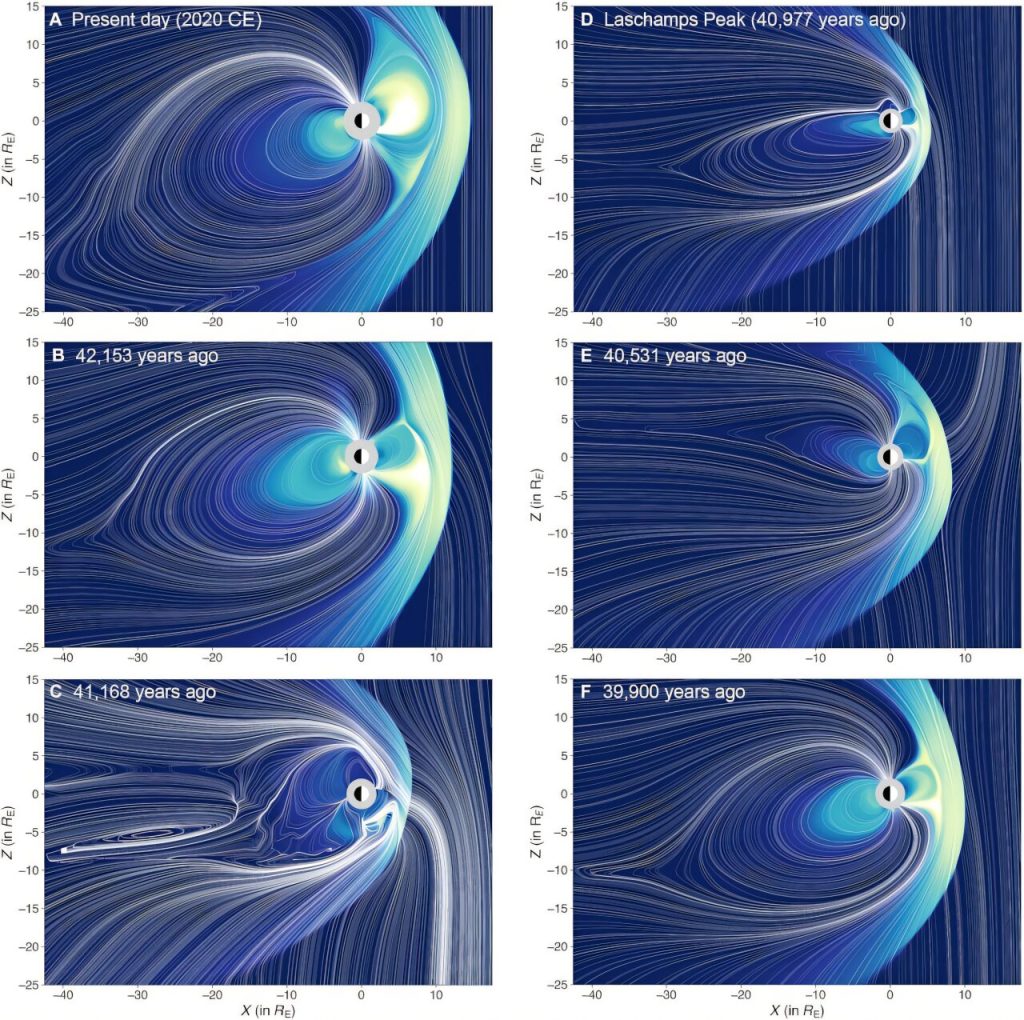
Have you ever gazed up at the night sky and wondered about the dazzling planets drifting beyond our reach? A team of astronomers at Yale is diving into the mysteries of “double hot Jupiters,” a captivating phenomenon that reshapes our understanding of how planets form and evolve. Their fascinating research brings us closer to unraveling these cosmic wonders and hints at where to find more!
So, what exactly is a hot Jupiter? Imagine a massive planet, kind of like our neighbor Jupiter, but instead of chilling in the distant outskirts of the solar system, it’s sizzling in close orbits around its star, with scorching temperatures that can soar beyond 3,000°F! Interestingly, these fiery giants only represent about 1% of all star systems. But the rarest of them all? The double hot Jupiters, found in binary systems with two stars—each hosting its own hot Jupiter.
The journey these planets take is nothing short of a cosmic ballet, known scientifically as von Zeipel-Lidov-Kozai (ZLK) migration. Over time, a planet can be influenced by the gravitational pull of a distant companion star. In simpler terms, just as tugging on one end of a string can send ripples through the entire line, the gravity of another star can stretch and shift a planet’s orbit, occasionally pulling it dangerously close to its sun and warming it to intense temperatures.
“Picture it as a cosmic dance,” says astronomer Rice, a professor at Yale. In these binary systems, an additional star plays a vital role in shaping the orbits of planets, coaxing them inward toward their suns. Amazingly, this means that both stars can end up with their very own hot Jupiter!
To dive deep into this phenomenon, the research team simulated the interactions of two stars alongside their respective planets. Lead author Yurou Liu, a rising senior at Yale, explains how their advanced computations allow us to observe planet evolution across billions of years—an unfathomably long period for human observers! “What we uncover could offer clues to how these stars and their planets were formed,” she adds enthusiastically.
Interestingly, the existence of hot Jupiters challenges our traditional ideas about where planets form. Instead of drifting in the distant colder regions of a star system, these burning giants are cozying up to their stars, creating an intriguing blend of accessibility and enigma. “Studying these unusual worlds is not only captivating, but essential to understanding the workings of the universe,” Liu reflects.
Excitingly, the researchers have a treasure map of sorts for locating more double hot Jupiters: they suggest examining already identified hot Jupiters that are located near another star. With their discoveries, we’re one step closer to solving the mysteries of our galaxy, and maybe, just maybe, discovering more about our place in this vast universe!
If you would like to see similar science posts like this, click here & share this article with your friends!


